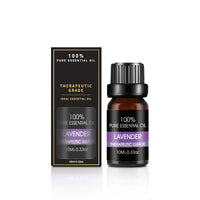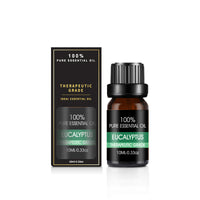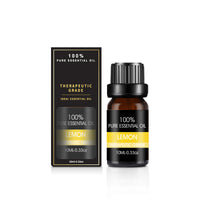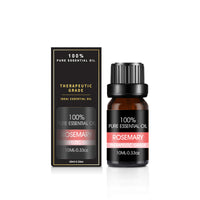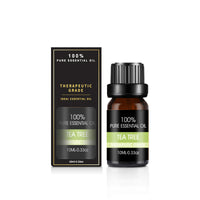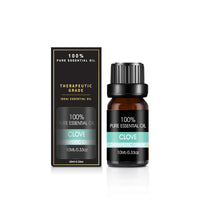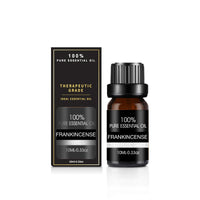This article is the third of a four-part series all on the topic of essential oil blending!
- How to Blend Essential Oils
- The Top Note in Essential Oil Blending
- The Middle Note in Essential Oil Blending (You are here!)
- The Base Note in Essential Oil Blending
Welcome back to our series on essential oil blending! In our previous article, The Top Note in Essential Oil Blending. we discussed the importance of the top note in creating well-balanced and harmonious blends. Now, we will delve into the middle note, another element in the art of essential oil blending.
What is the middle note?
The middle note, also known as the heart note, is the scent that emerges after the top note dissipates. It forms the body and character of the blend, providing depth and complexity. Middle notes have a moderate evaporation rate, lasting longer than the top note but not as long as the base note.
Why is the middle note important?
The middle note acts as a bridge between the top and base notes, harmonizing the blend and creating a well-rounded aroma. It helps to balance the overall composition and ensures that the fragrance unfolds gradually over time.
Characteristics of middle notes
Middle notes are often warm, floral, or spicy in nature. They have a medium intensity and can be described as soft, mellow, or soothing. Some common middle notes include lavender, geranium, rosemary, and ylang ylang.
Blending with middle notes
When blending with middle notes, it's important to consider their compatibility with both the top and base notes. Middle notes should complement and enhance the overall aroma, creating a harmonious blend.
Here are a few tips for blending with middle notes:
- Start with the top note: Begin by selecting a top note that you love and build your blend from there. The middle note should complement the top note and help to balance its intensity.
- Experiment with different combinations: Try blending different middle notes together to create unique and interesting aromas. Don't be afraid to get creative and trust your nose!
- Consider the therapeutic properties: Middle notes often have their own therapeutic benefits. Take into account the desired effect of your blend and choose middle notes that align with those intentions. Our essential oil finder tool will assist you greatly with this endeavour.
- Use the right proportions: As with any blend, it's important to use the right proportions of each note. Middle notes should typically make up around 30% of the overall blend, but this can vary depending on personal preference and the desired aroma.
Examples of middle note blends
Now that we understand the importance of the middle note, let's explore some popular blends that showcase its versatility:
- Lavender, bergamot, and frankincense: This blend combines the soothing properties of lavender with the uplifting qualities of bergamot and the grounding effects of frankincense.
- Geranium, bergamot, and patchouli: This blend is known for its balancing and uplifting properties, which also helps reduce stress levels.
- Rosemary, lemon, and frankincense: This invigorating blend combines the freshness of lemon with the herbal notes of rosemary and the deep, resinous scent of frankincense.
Remember, blending essential oils is both an art and a science. It requires patience, experimentation, and a deep understanding of each oil's unique characteristics. By mastering the art of blending, you can create custom fragrances that uplift the spirit, promote well-being, and enhance your daily life.
Stay tuned for our next article, where we will explore the base note and its role in essential oil blending. Happy blending!


